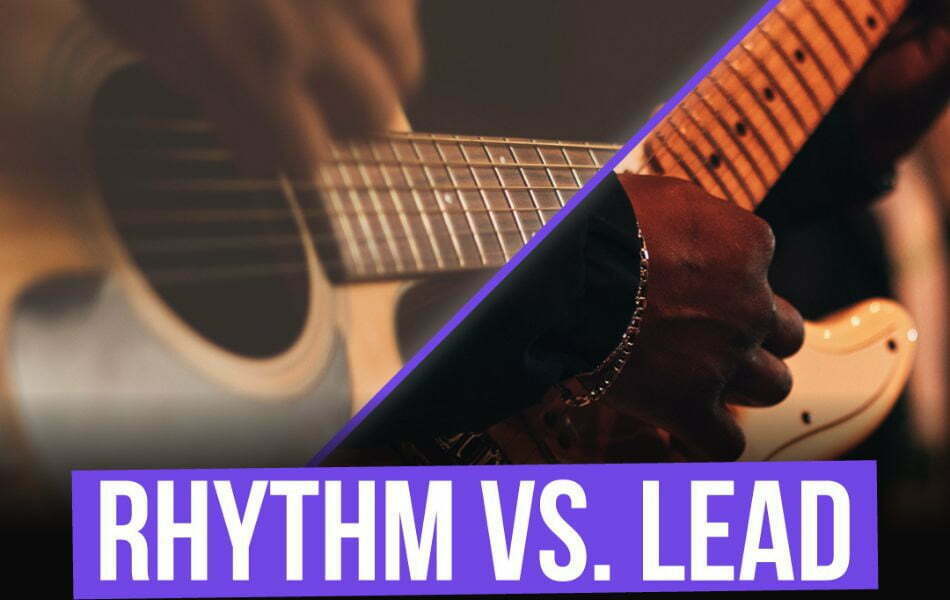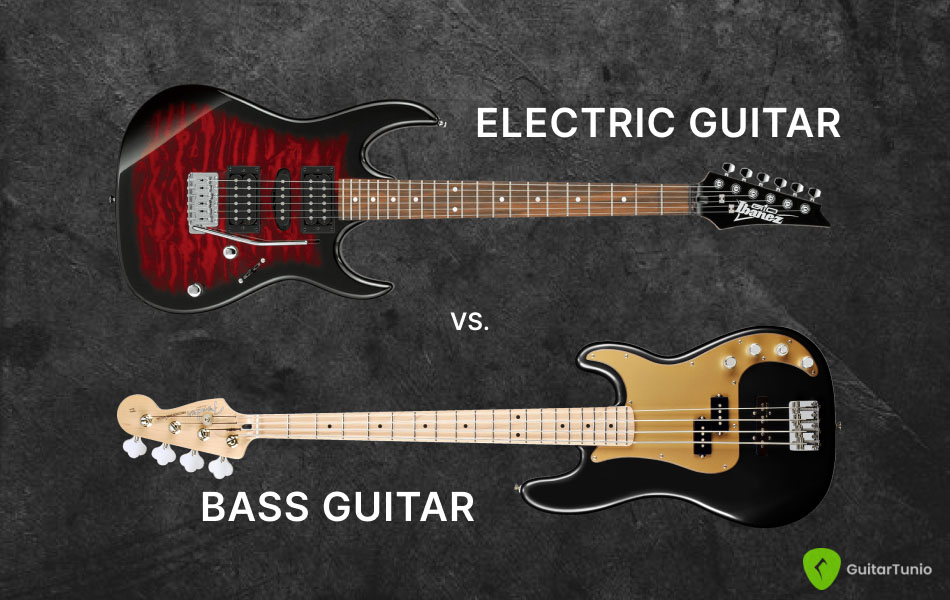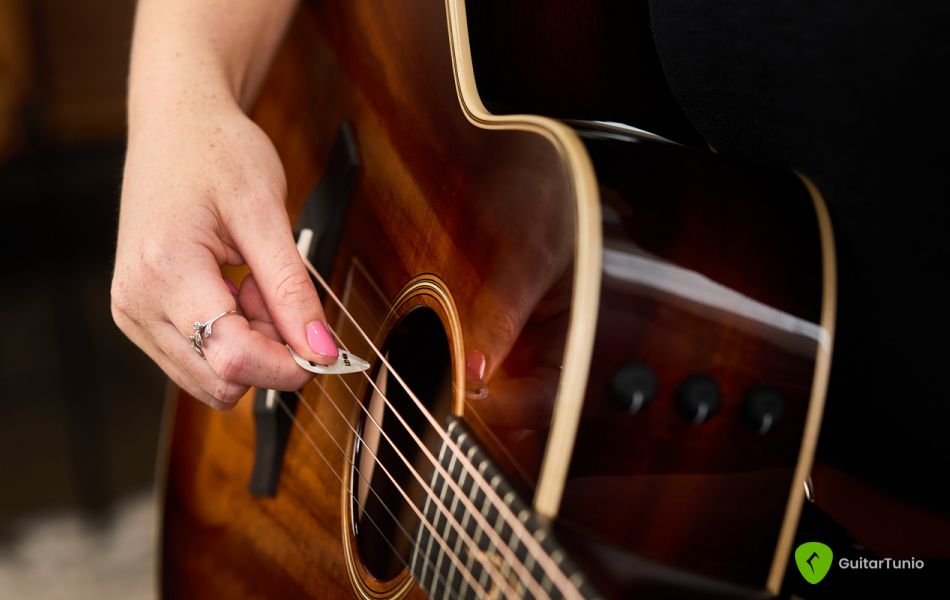Rhythm Guitar and Lead Guitar: Distinguish Details
When it comes to playing the guitar, there are two distinct roles that contribute to the overall sound and feel of a musical composition: rhythm guitar and lead guitar. Each part brings its unique characteristics and responsibilities, creating a dynamic interplay within the band or ensemble. In this article, we delve into the fascinating world of rhythm guitar versus lead guitar, aiming to distinguish the intricate details that set them apart.
Role of rhythm guitar and lead guitar
Before understanding the differences between rhythm guitar and lead guitar, you need to know about these music terms.
Rhythm guitar
Do you know what is the rhythm guitar? It refers to the role of the guitar in providing the foundational rhythm and harmony for a musical piece. The rhythm guitarist typically plays chords or chord progressions, often strumming or picking the strings in a steady and consistent manner.
The primary focus of rhythm guitar is to maintain the groove and support the overall rhythmic structure of a song. It serves as the backbone of the music, creating a solid foundation for other instruments to build upon. Rhythm guitarists often play in bands or ensembles, providing the rhythmic framework for the lead instruments to shine.
Lead guitar
Lead guitar, on the other hand, is responsible for playing melodic lines, solos, and improvisations that take the spotlight in a musical performance. The lead guitarist plays melodies and solos using single-note lines, bends, slides, and various techniques to create expressive and captivating melodies.
They often have more freedom for self-expression and creativity, taking turns with other instruments to showcase their technical skill and musicality. Lead guitarists often play the main melody, fill in instrumental breaks, or take center stage during guitar solos. Their role is to add melodic and expressive elements that enhance the overall musical composition.
The differences between rhythm guitar and lead guitar
Playing Style
Lead guitarists often employ techniques such as bends, slides, vibrato, and intricate scale patterns to create expressive and captivating melodies. They have the freedom to improvise and showcase their technical skills during solos.
Whereas, rhythm guitarists primarily strum or pick chords in a rhythmic pattern, emphasizing the pulse and providing a harmonic backdrop. Their focus is on maintaining precise timing and dynamics to keep the music cohesive.
Musical Expression
Lead guitarists have the opportunity to express themselves through their melodic choices, phrasing, and use of dynamics. They add emotional depth and highlight their individual playing style through their solos.
Rhythm guitarists contribute to the overall musical expression by providing the harmonic structure and rhythmic foundation. Their playing style enhances the energy and drive of the music.

Interplay with Other Instruments
Moreover, rhythm guitar and lead guitar also distinguish by the instruments they interplay with. Lead guitar interacts with other instruments, such as vocals, by complementing or responding to their melodies. It often takes the spotlight during instrumental breaks, showcasing the guitarist's skills and creating moments of excitement.
Rhythm guitar works in collaboration with other rhythm section instruments, such as bass and drums, to establish the overall groove and feel of the music. It provides a solid framework for other instruments to build upon.
Focus on Song Structure
Lead guitarists pay attention to the overall song structure and dynamics, using their solos and melodies to enhance the composition and create memorable moments.
Rhythm guitarists ensure the song's structure remains intact by maintaining consistent chord progressions and rhythmic patterns. They support the song's flow and dynamics.
Should learn rhythm guitar or lead guitar first?
It's important to note that both rhythm guitar and lead guitar have their own unique challenges and complexities. As you progress in your guitar-playing journey, you may find that certain aspects of either style become more challenging or rewarding to you. Many guitarists ultimately strive to become proficient in both rhythm and lead guitar to have a well-rounded skill set.
In general, rhythm guitar is often considered to be easier to learn initially compared to lead guitar. So, if you are a newbie, you can select rhythm guitar to start.

In conclusion, when it comes to the distinction between rhythm guitar and lead guitar, there are several important details to consider. Ultimately, aspiring guitarists often aim to develop proficiency in both rhythm and lead guitar, recognizing the value and unique challenges presented by each. By mastering these distinguishable details, guitarists can unlock a broader range of musical possibilities and enhance their overall playing skills.








